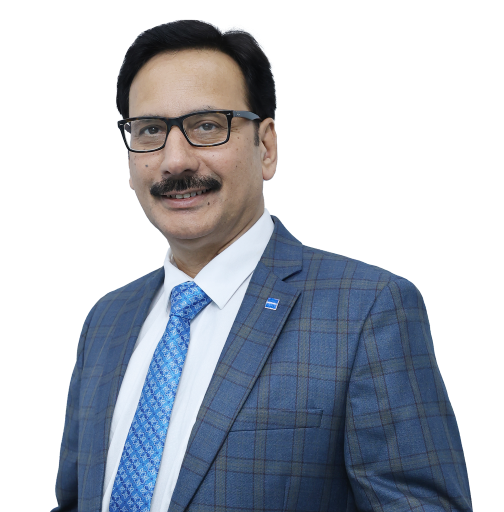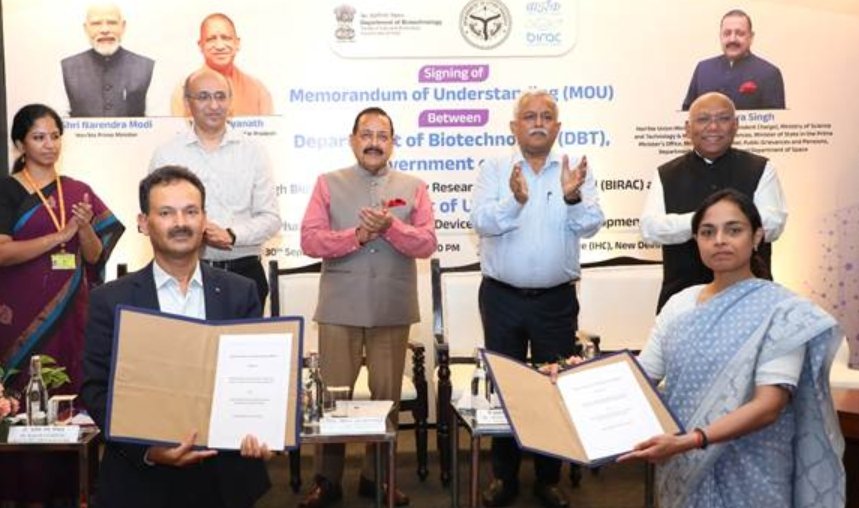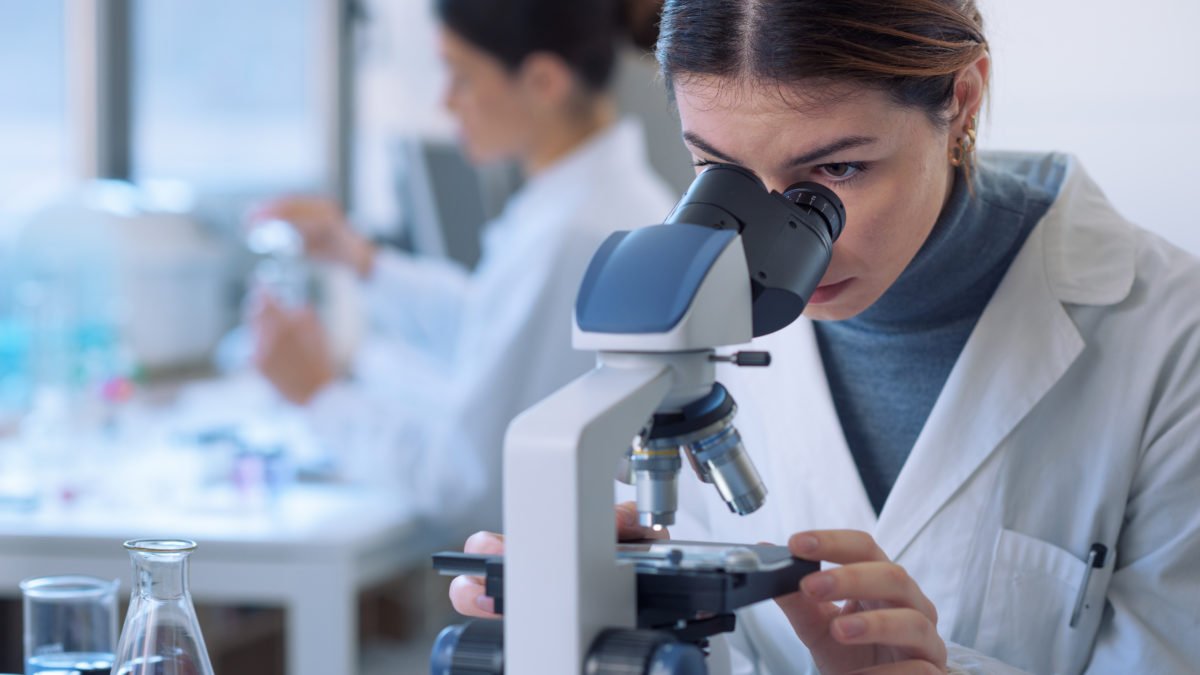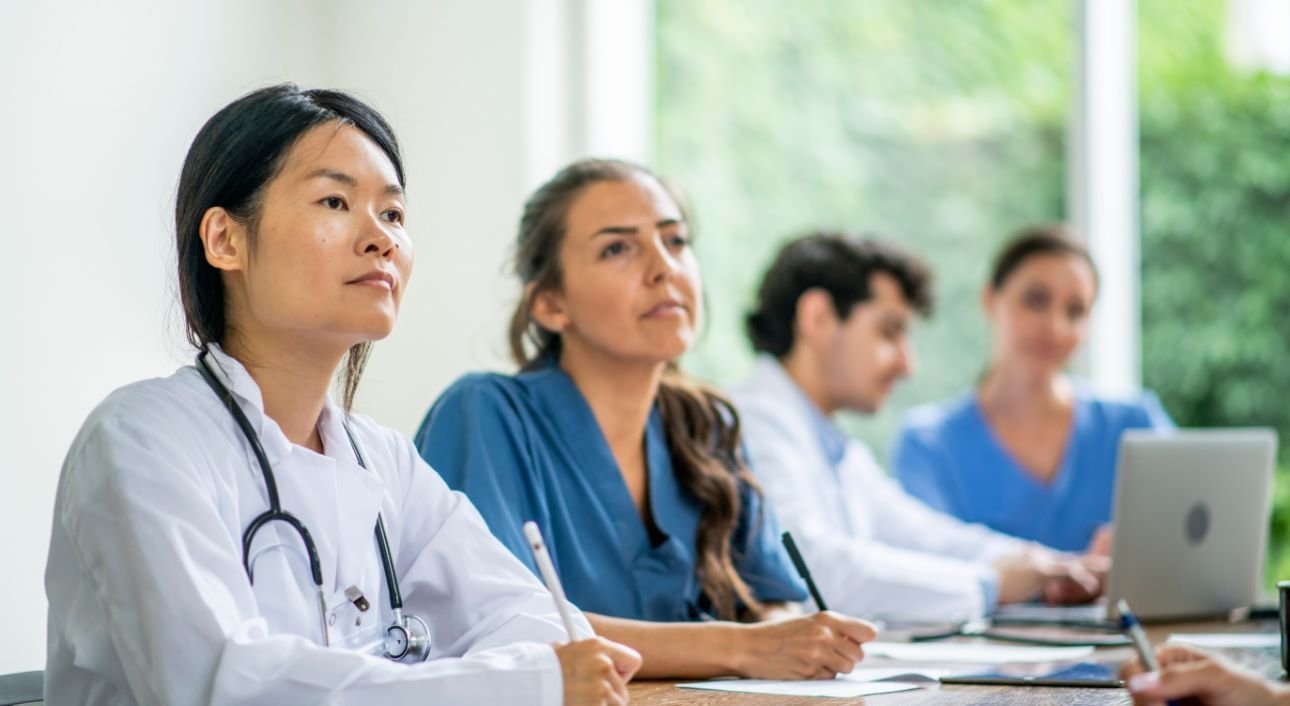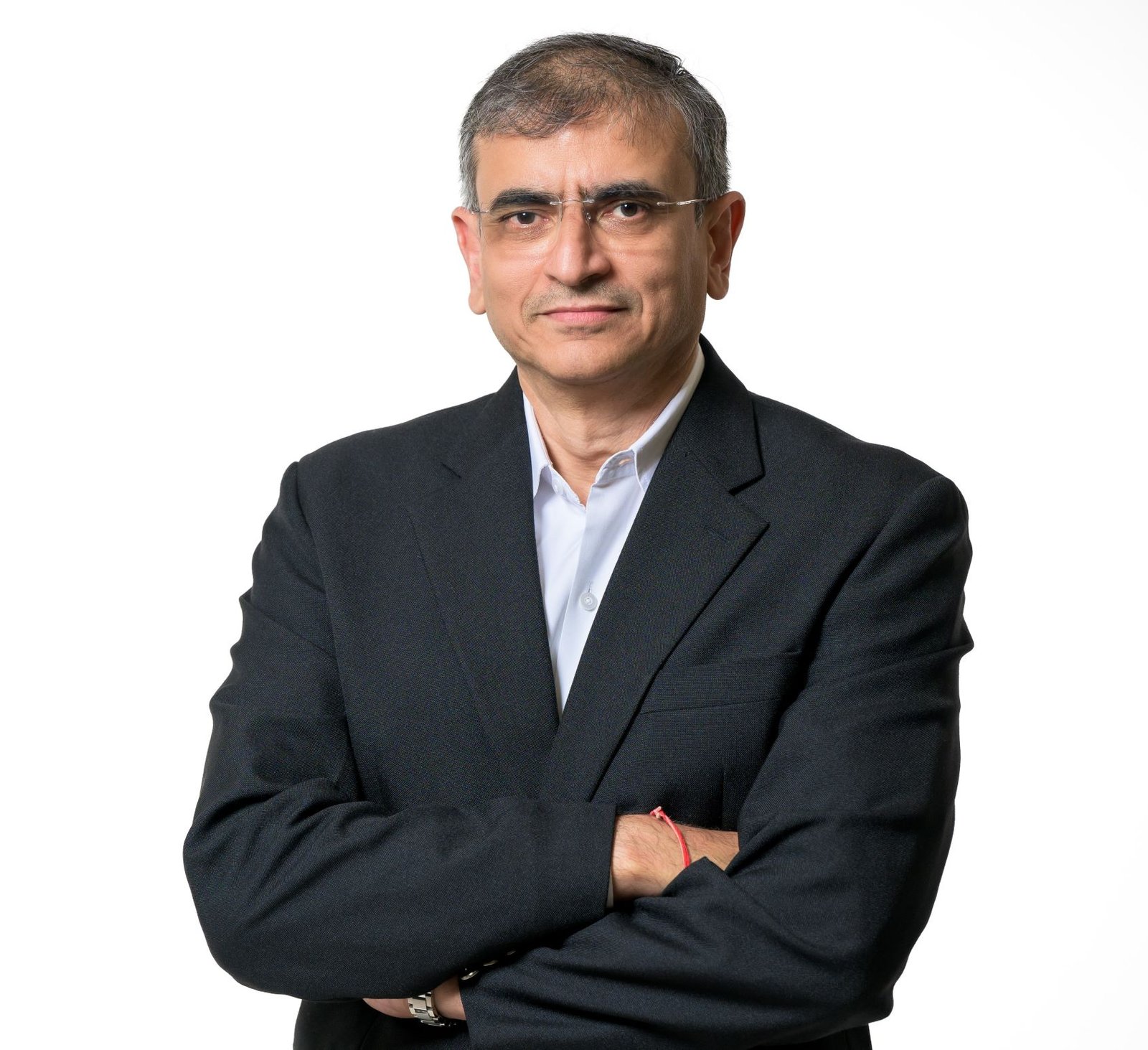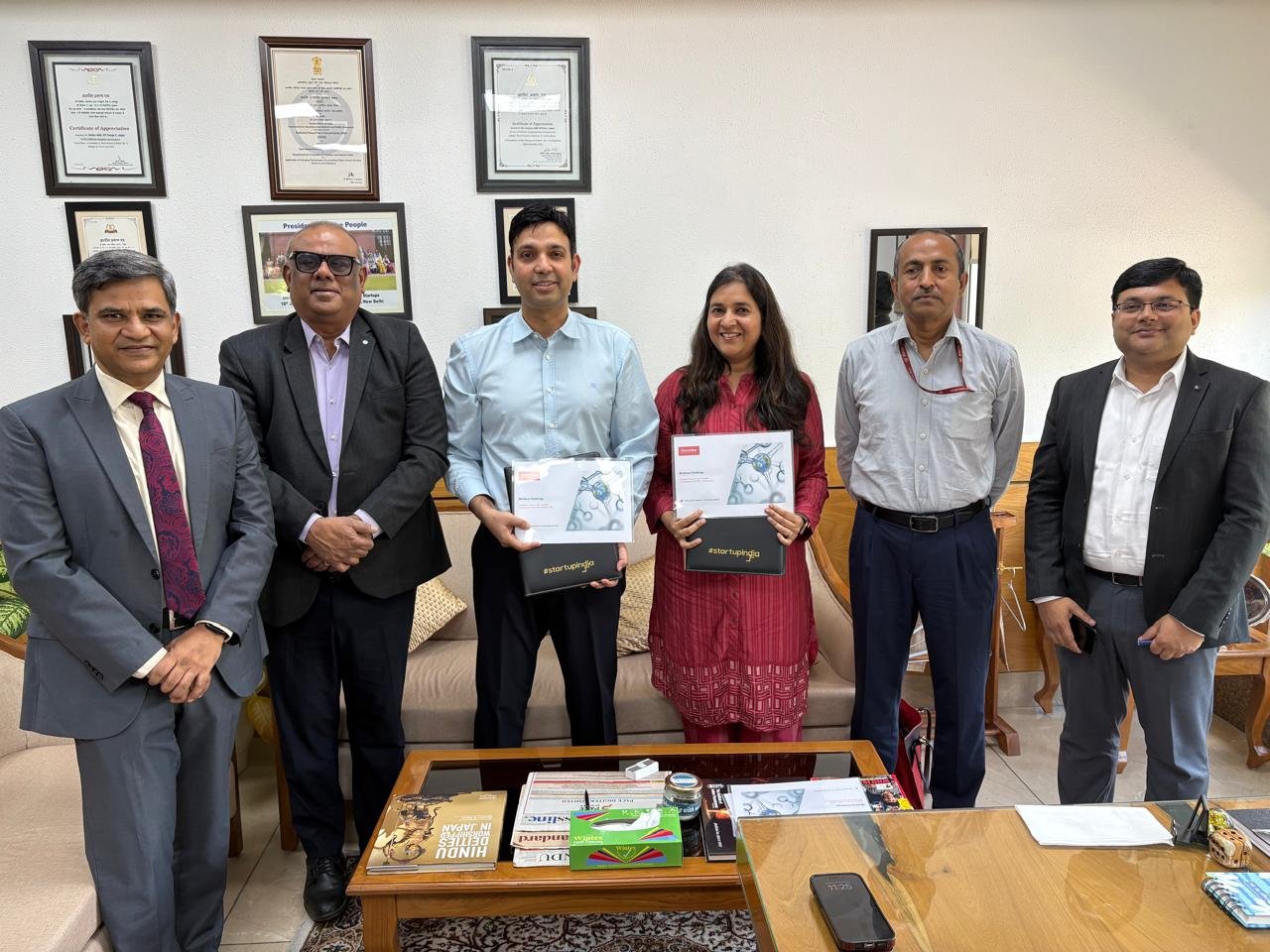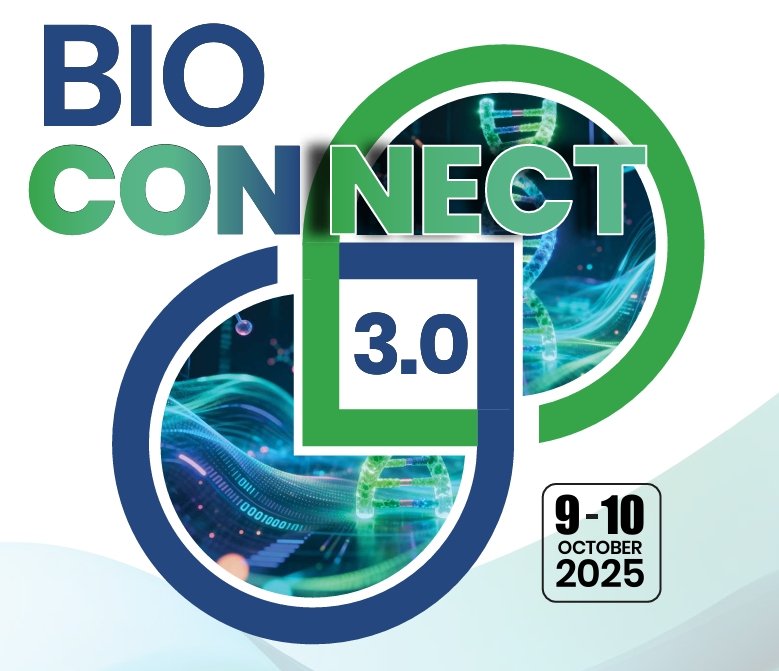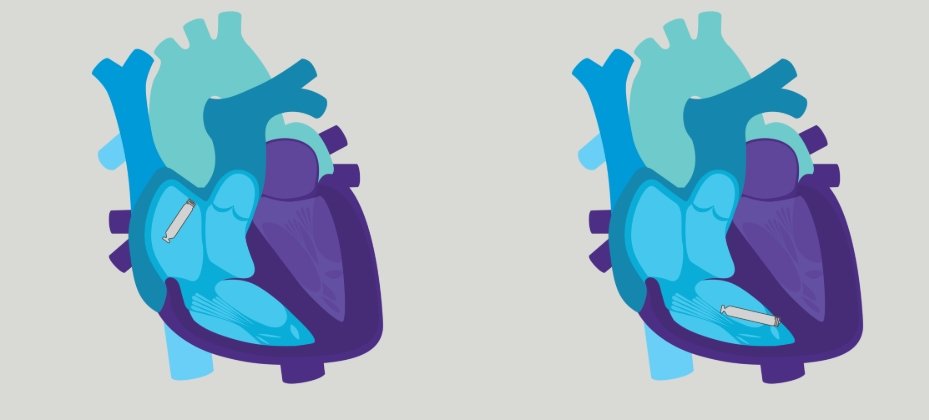"India is Shaping the Future of Global Life Sciences"
October 01, 2025 | Wednesday | Views
The Life Sciences industry in India is experiencing a remarkable surge, driven by a growing emphasis on precision medicine, biotechnology, and advanced diagnostics. We’re seeing increased investment in research infrastructure, talent development, and innovation hubs across the country. At HORIBA, we’re proud to support this momentum by providing analytical solutions that empower scientists, clinicians, and manufacturers to push boundaries and deliver meaningful outcomes. Dr Rajeev Gautam, Senior Corporate Officer – HORIBA, Ltd., Japan; President – HORIBA India interacts with BioSpectrum.
You have had an inspiring professional journey with deep contributions to life sciences and diagnostics. Looking back, what pivotal moments shaped your leadership style and long-term vision for the bio & healthcare sector?
My journey has been shaped by a passion for science and its ability to drive meaningful change. At HORIBA India, leading the Life Sciences and Diagnostics segments has shown me how advanced analytics can transform healthcare—from early disease detection to precision research. Pivotal moments include expanding access to diagnostic tools and supporting researchers with technologies that decode cellular behavior and bioprocess dynamics. I envision a healthcare ecosystem where innovation meets accessibility, and where India leads in delivering scalable, data-driven solutions across diagnostics, therapeutics, and life sciences—empowering both clinicians and scientists to improve lives.
How do you see India’ s healthcare and diagnostics ecosystem evolving in the next 5–10 years, especially with the growing emphasis on digital health, AI, and precision medicine?
India’s healthcare and diagnostics landscape is evolving rapidly, driven by digital health, AI, and the growing need for precision medicine. Over the next 5–10 years, I see a strong shift toward integrated, data-driven care supported by robust R&D. Life Sciences will play a central role, with increasing demand for advanced tools that enable molecular-level insights, bioprocess monitoring, and therapeutic development. At HORIBA, we’re proud to contribute through innovations like the high-end Raman and Fluorescence spectroscopy analyzers, particle characterization analyzers and dedicated pharma/biopharma R&D instrumentations, which empower researchers and manufacturers with high-resolution, non-invasive analytics. On the diagnostics front, our hematology and clinical solutions continue to support faster, more reliable decision-making across healthcare settings. India is poised to become a global hub for scalable, tech-enabled healthcare, and HORIBA is committed to supporting this transformation by bridging science, diagnostics, and innovation to improve lives.
Your work highlights the importance of innovation in diagnostics and life sciences. Could you share how Indian companies and institutions can strike the right balance between affordability, accessibility, and cutting-edge innovation?
Balancing affordability, accessibility, and innovation is vital for India’s healthcare progress. Indian companies and institutions must focus on scalable R&D that meets local needs without compromising scientific rigor. At HORIBA, we’ve developed advanced Life Sciences tools specifically for the pharma/biopharma segment, like the Veloci BioPharma Analyzer, NanoTracking systems, and Rapid Raman Plate Reader—designed to support vaccine development, bioprocess monitoring, and molecular characterization with precision and efficiency. Coming to the diagnostics section, HORIBA Medical Healthcare continues to enhance access to reliable testing through instruments like the Yumizen H550E for compact hematology analysis, and the HELO 2.0 platform for high-throughput labs. These solutions reflect our commitment to delivering cutting-edge technology that remains practical and inclusive. By fostering collaboration across academia, industry, and public health, India can build a healthcare ecosystem where innovation is not a luxury—but a standard accessible to all.
What role do you believe government policies, public-private partnerships, and international collaborations should play in accelerating Indias position as a global hub for healthcare solutions? Also, what role do you think export function has to play in India’s growth as a healthcare hub?
India’s rise as a global healthcare leader hinge on a multi-dimensional approach. Progressive government initiatives can lay the groundwork by incentivizing innovation, streamlining regulatory pathways, and strengthening infrastructure. Public-private alliances are equally vital—they bring together agility, expertise, and shared purpose to develop solutions that are both impactful and scalable. International cooperation fosters knowledge exchange, harmonizes standards, and opens doors to advanced technologies and global best practices.
Exports will be a key growth engine. With its manufacturing capabilities, scientific talent, and cost-effective innovation, India is well-positioned to contribute high-quality diagnostics and life sciences tools to the world. At HORIBA, we’ve seen increasing global interest in our analytical platforms and medical instruments developed in India, especially in the SAARC region. This momentum not only boosts economic growth but also reinforces India’s credibility as a source of reliable, future-ready healthcare solutions.
As a recognised industry leader, what is your approach towards nurturing young talent and encouraging the next generation of scientists, researchers, and entrepreneurs in India?
Nurturing young talent is one of the most meaningful aspects of leadership. At HORIBA India, we actively engage with universities, research institutions, and innovation hubs to create opportunities for hands-on learning and exposure to real-world challenges. We also have our facilities at Indian Institute of Science (IISc) Bangalore, Indian Institute of Technology (IIT) Delhi and HORIBA India Technical Institute (HITI, Nagpur). We believe in empowering young minds through mentorship, interdisciplinary collaboration, and access to advanced technologies. Our Life Sciences and Medical divisions offer platforms where students and early-career professionals can work with cutting-edge instruments and contribute to impactful projects. Encouraging curiosity, resilience, and ethical innovation is key. India’s future in healthcare and diagnostics depends on how well we support and inspire the next generation to think boldly, act responsibly, and lead with purpose.
On a personal note, what keeps you motivated to continue contributing to the healthcare and life sciences space, and what legacy would you like to leave behind for the industry and community?
What keeps me motivated is the deep sense of purpose that comes with working in healthcare and life sciences. Knowing that our innovations—whether in diagnostics or biopharma analytics—can improve lives, support clinicians, and empower researchers gives me immense satisfaction. Every challenge we solve, every tool we develop, is a step toward better health outcomes and scientific progress.
As for legacy, I hope to be remembered for building bridges—between science and society, between global innovation and local relevance. I want to leave behind an ecosystem that nurtures talent, encourages ethical innovation, and delivers accessible, high-quality healthcare solutions.


